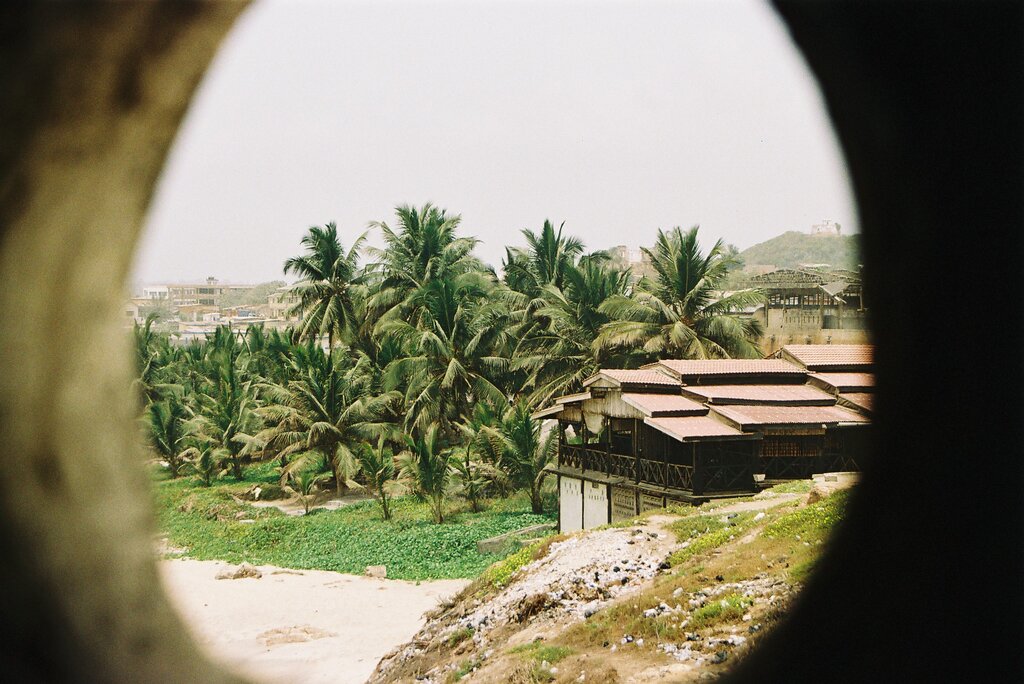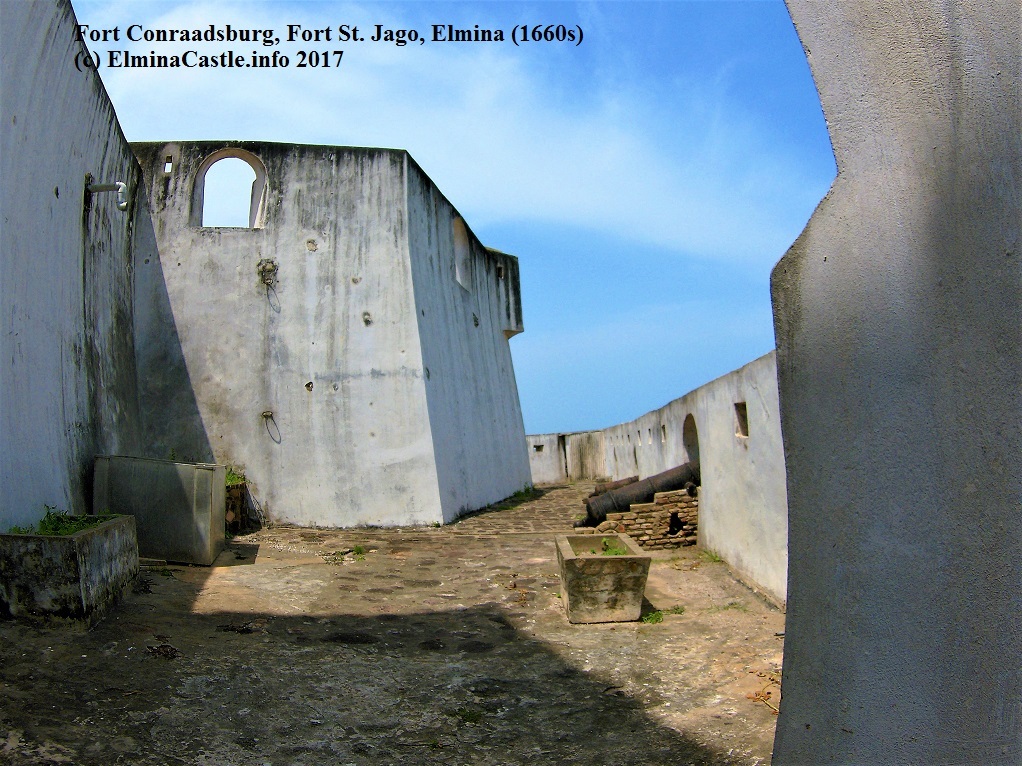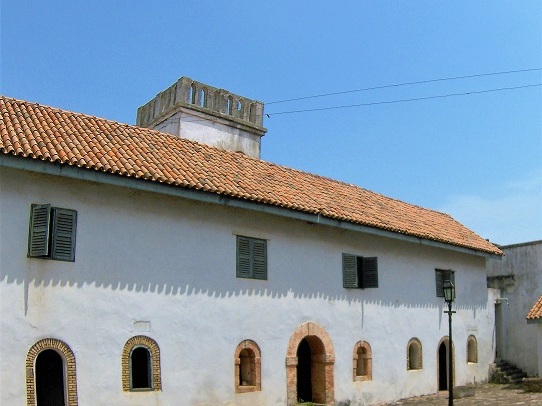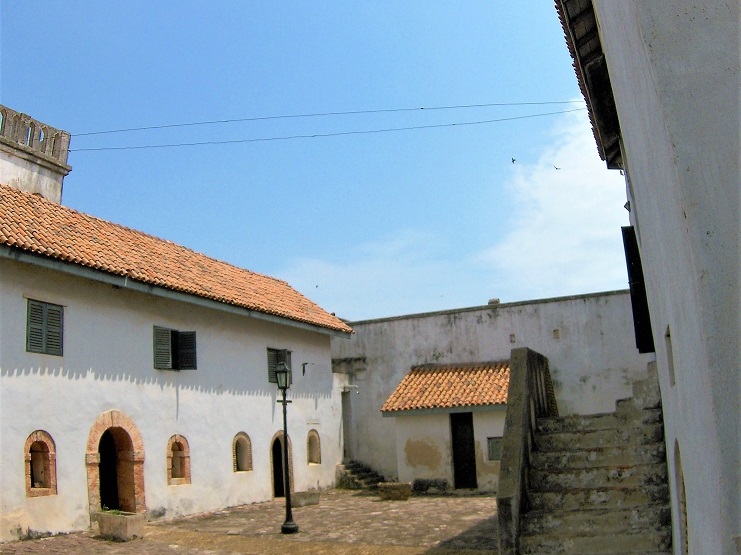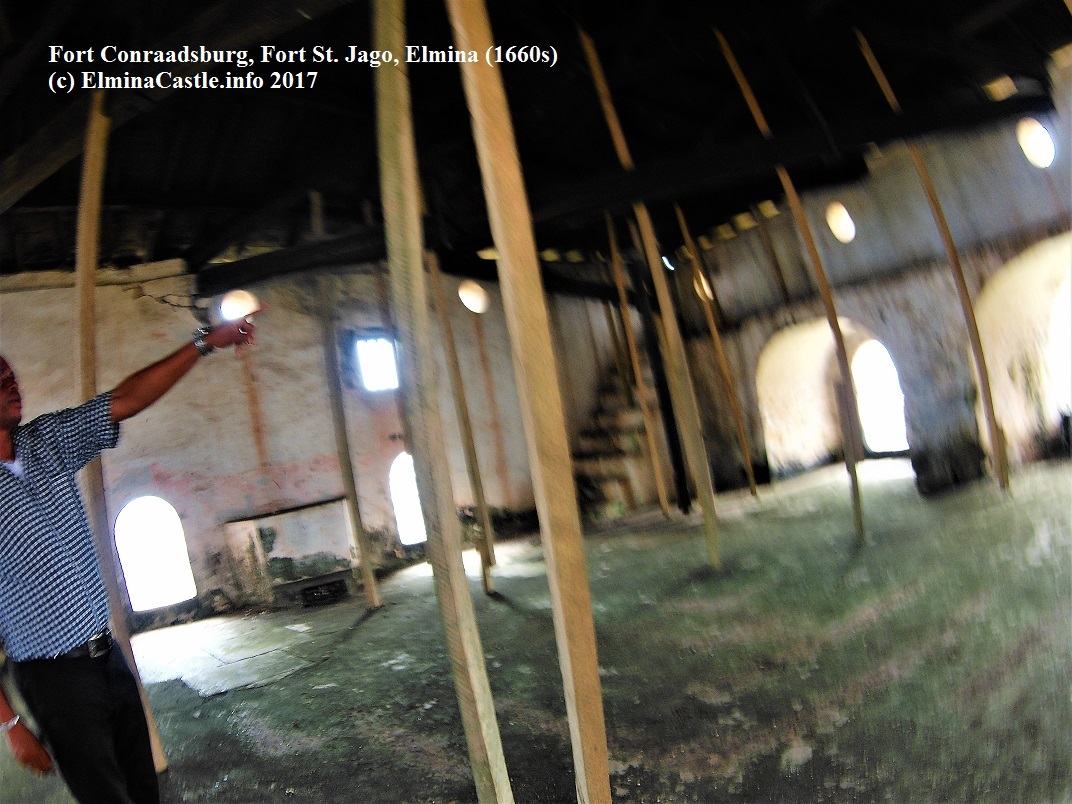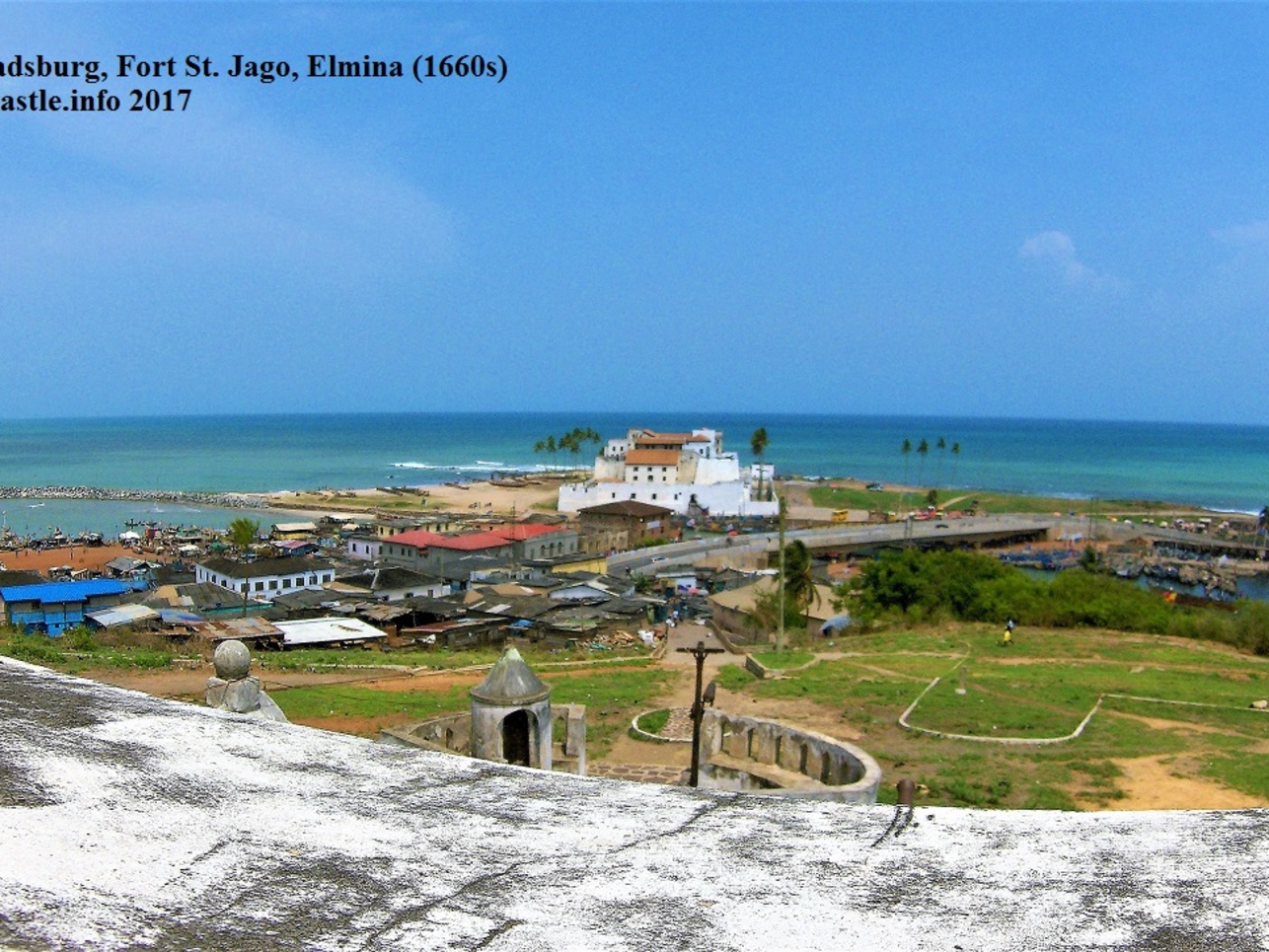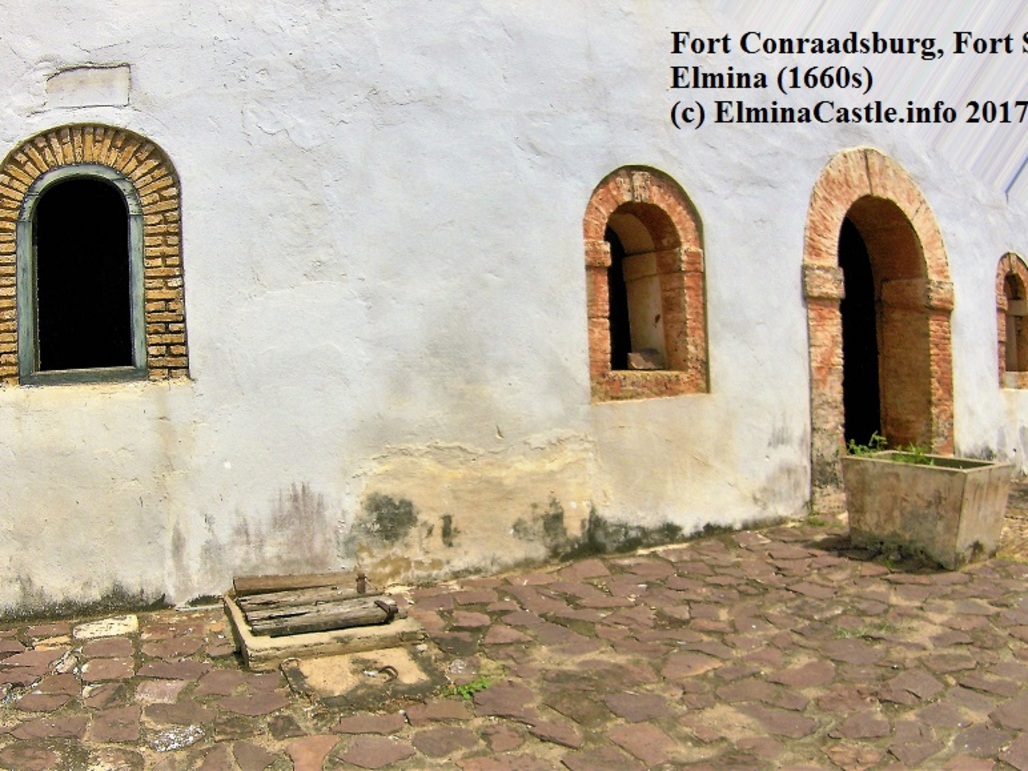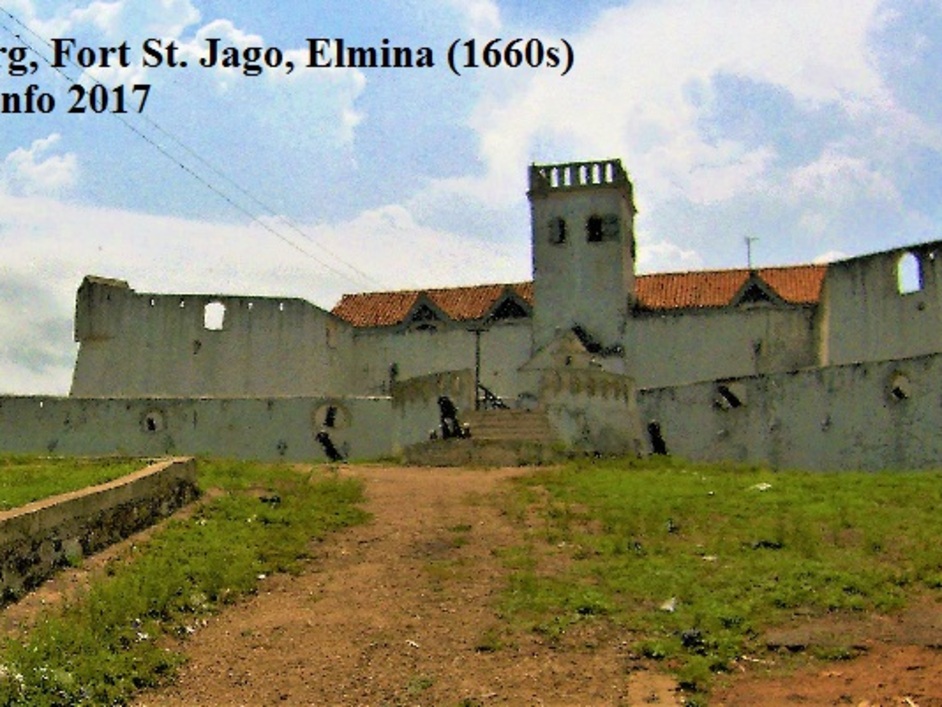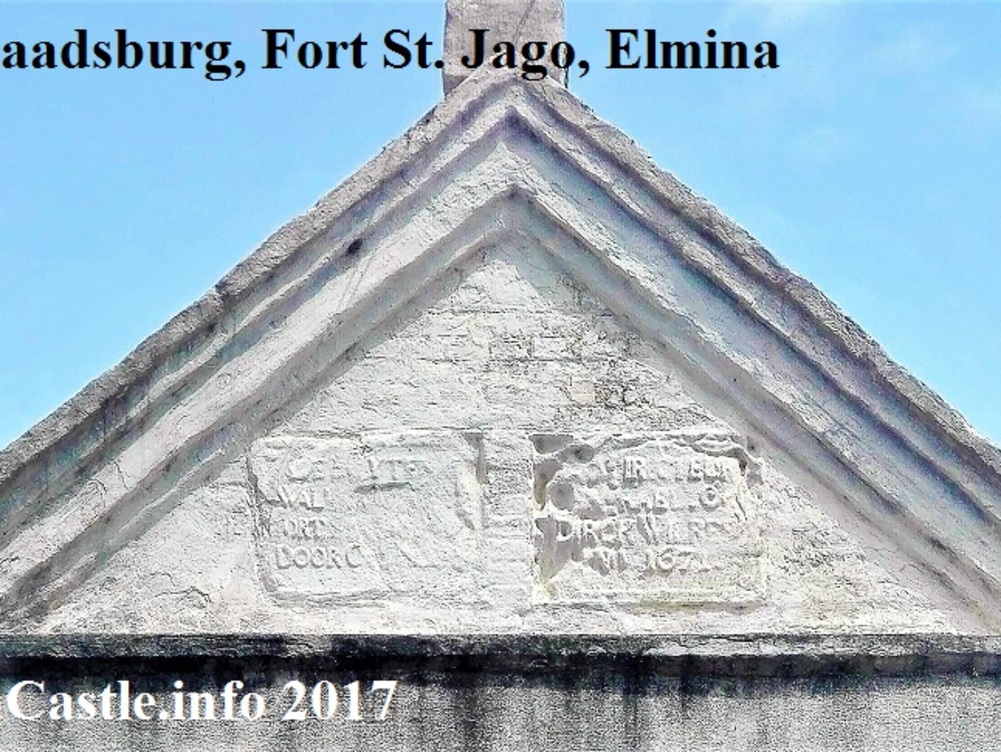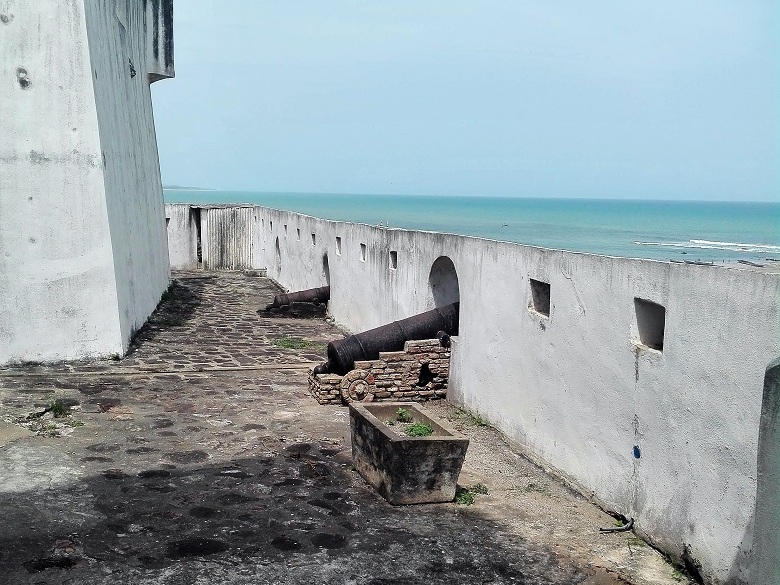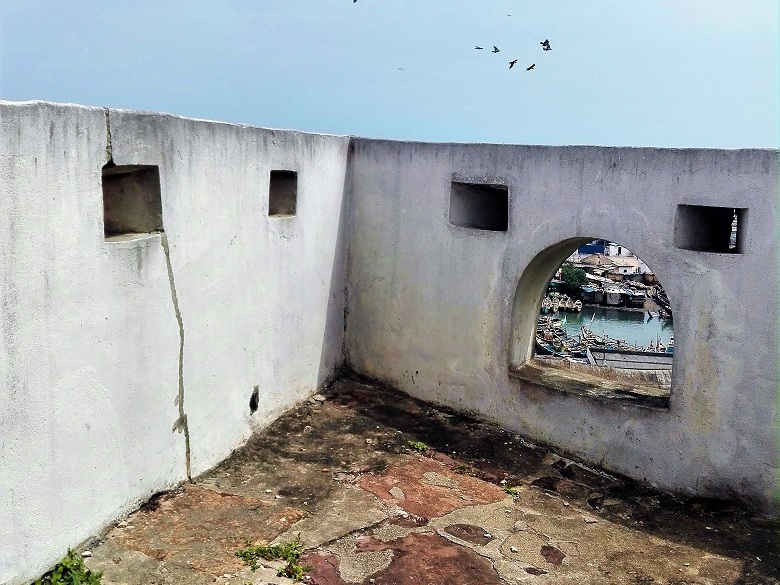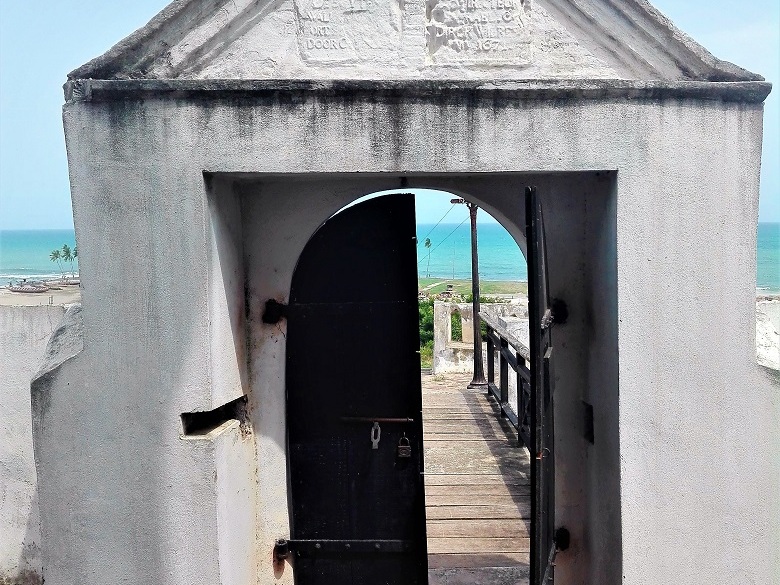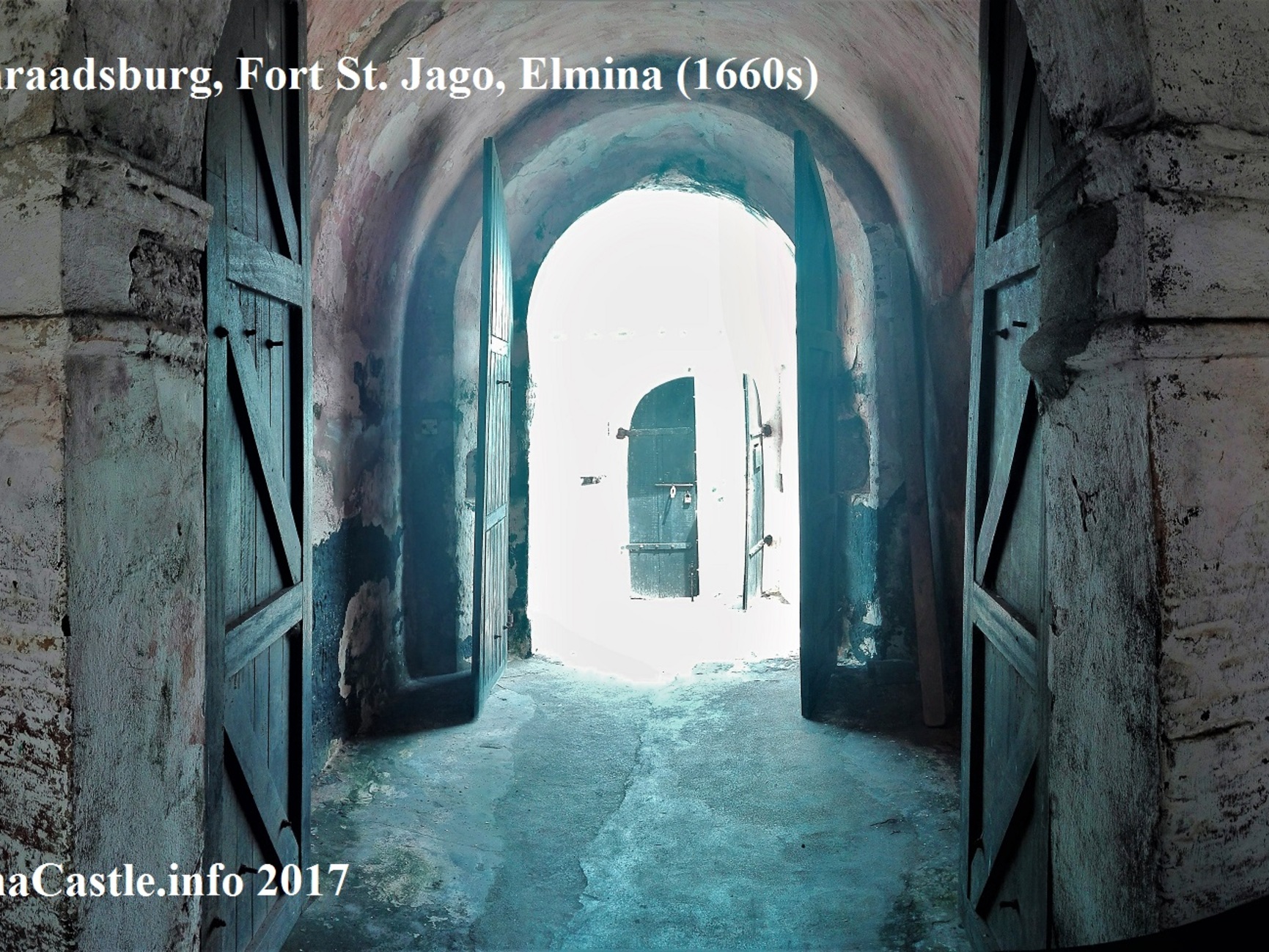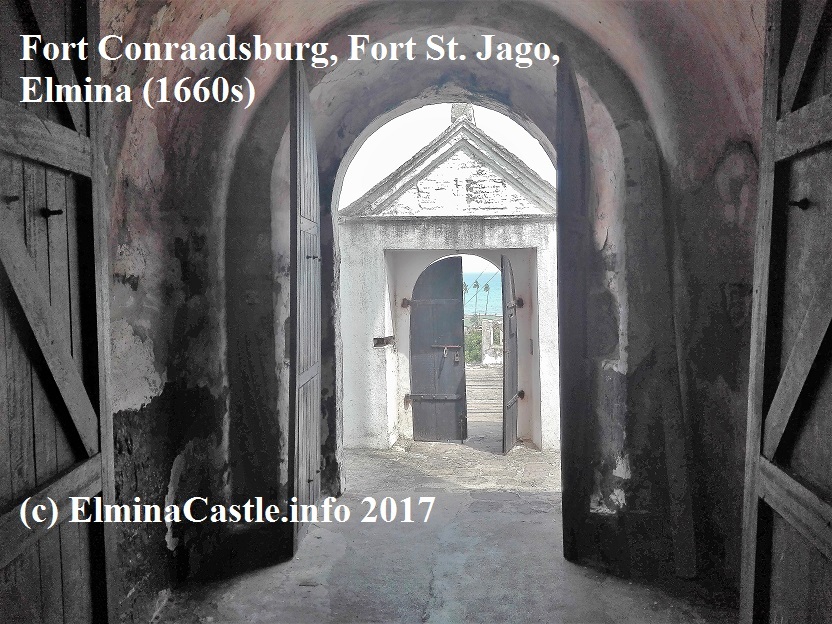Fort Conraadsburg: A Fortress Built for War, Not Commerce

In 1664, the Dutch built Fort Conraadsburg on the hill to protect Elmina Castle from future inland attacks, especially from rival European powers like the British and local African forces. Unlike other coastal forts, which were often used for trading purposes, Fort Conraadsburg was designed strictly as a military fortification. It did not have commercial or residential quarters like other forts and castles in the region.
The fort had thick walls, bastions, and spaces for mounting cannons. It also served at times as a prison, garrison, and watchtower post. The absence of significant storage facilities or trade infrastructure within the fort confirms that it was built solely for defensive purposes, not trade.
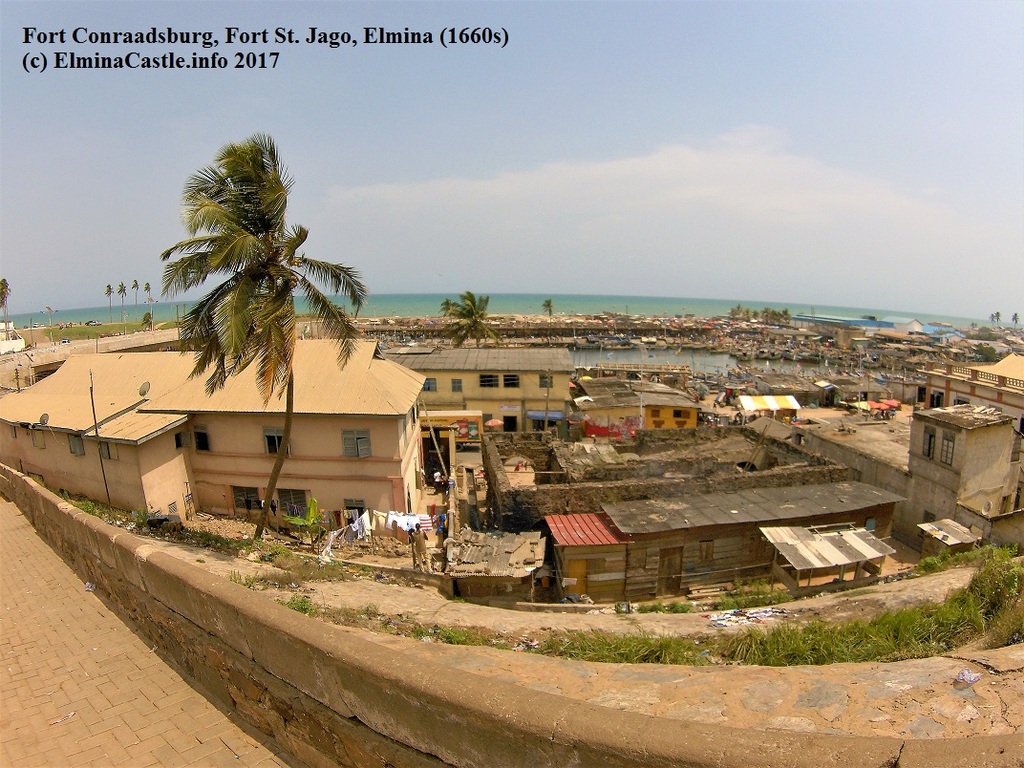
View to Elmina
Fort Conraadsburg: From Colonial Stronghold to Heritage Landmark
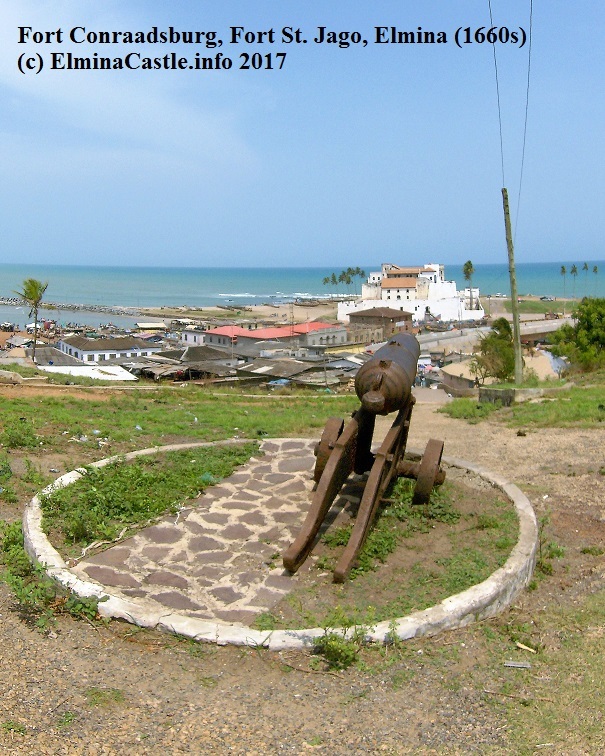
View from Fort St Jago to Elmina Castle
When the Dutch ceded all their possessions on the Gold Coast to the British in 1872, Fort Conraadsburg, along with Elmina Castle and other installations, came under British colonial administration. Like many colonial forts in Ghana, it eventually lost its military role and was used for various civil purposes.
Today, Fort Conraadsburg is a preserved historical monument and part of the UNESCO World Heritage Site listing that includes multiple forts and castles along the coast of Ghana. Although less known than Elmina or Cape Coast Castle, Fort Conraadsburg is architecturally striking and significant for its purely military function in the colonial period.
Fort Conraadsburg: A Symbol of Colonial Rivalry and Military Strategy in West Africa
Fort Conraadsburg stands as a powerful reminder of the intense militarized competition that defined European colonial activity along the West African coast. During the 17th century, rival European powers—most notably the Portuguese, Dutch, British, and Danes—competed fiercely for control of trade routes, coastal strongholds, and influence over local African polities. This competition was not merely economic; it involved armed conflict, territorial sieges, and fortified occupations designed to dominate the lucrative gold, ivory, and slave trades.
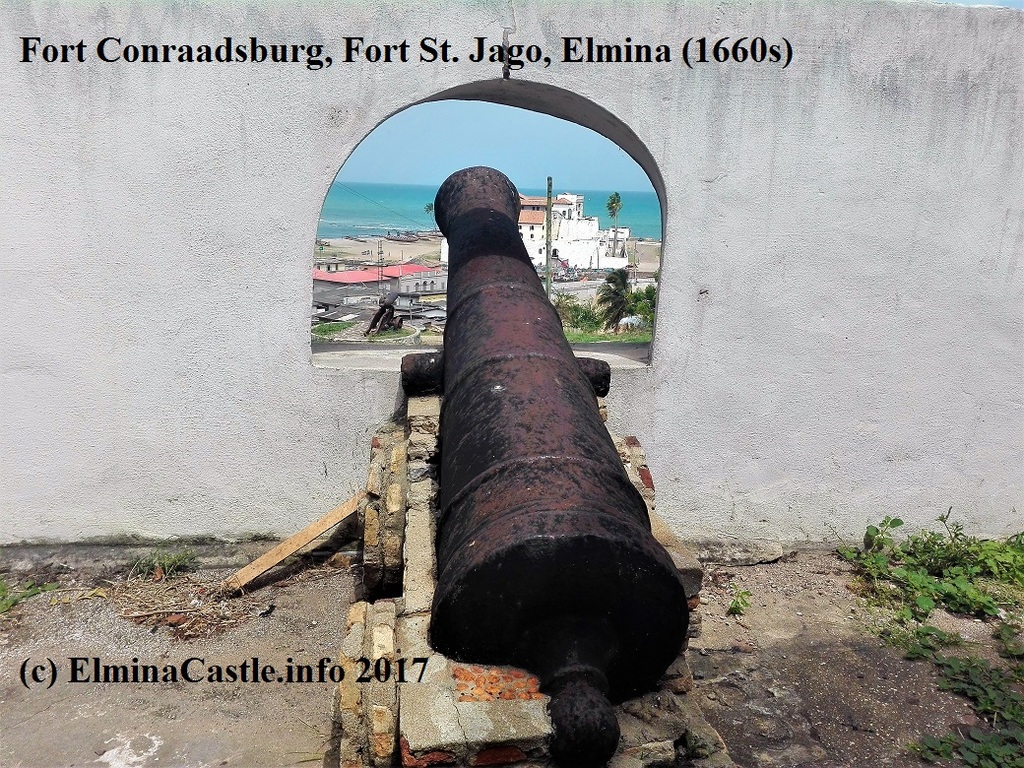
Protecting Elmina Castle
Unlike many other coastal forts that served commercial purposes or doubled as trading posts, Fort Conraadsburg was built purely for military defense..
